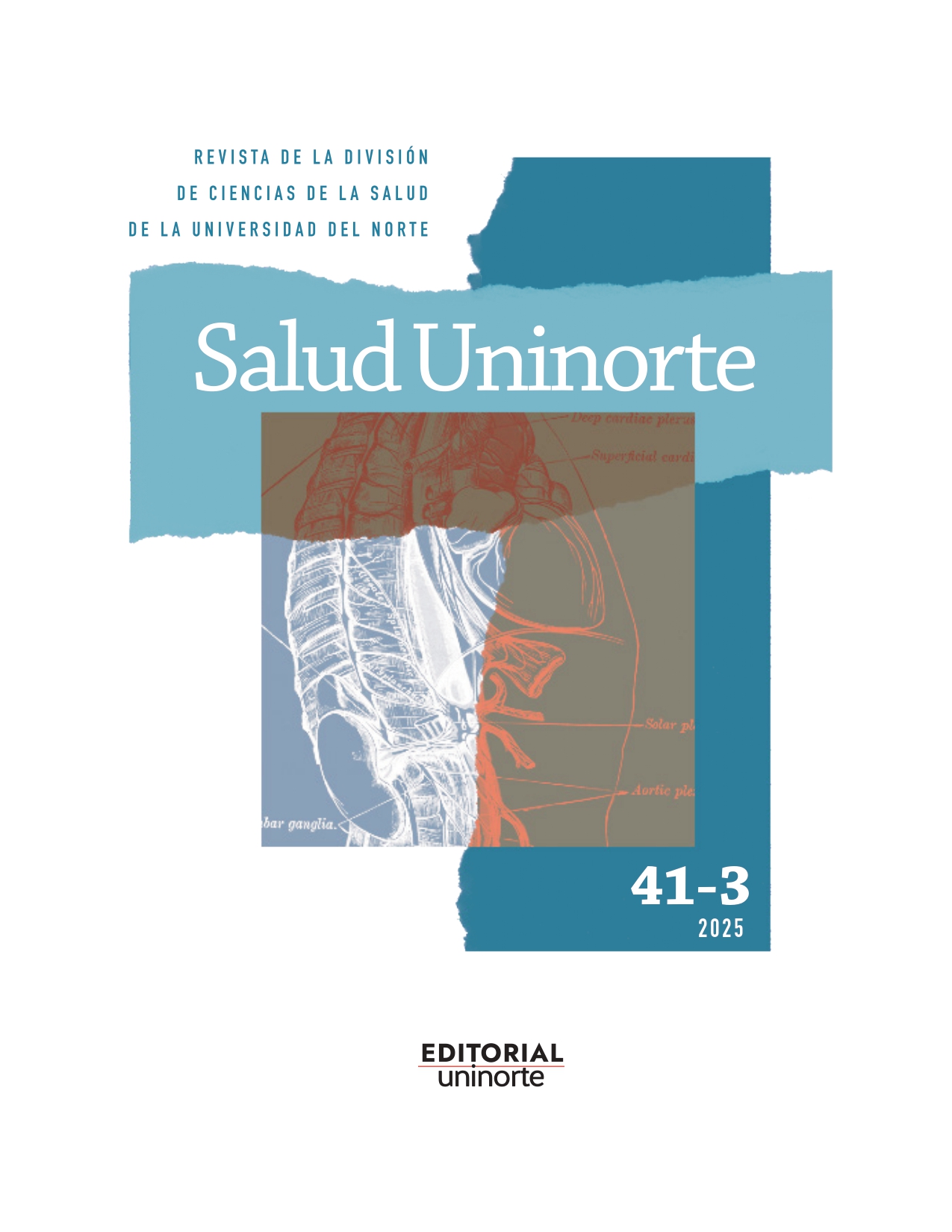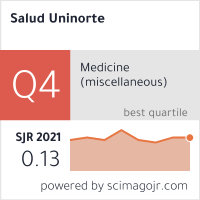Application of motor imagery in the processing of patients with Parkinson's disease using virtual reality: Systematic review
DOI:
https://doi.org/10.14482/sun.41.03.530.063Keywords:
Parkinson's disease, neuropsychology, mental health, neurotechnology, virtual reality, motor imageryAbstract
Introduction: Parkinson's Disease is a progressive neurodegenerative disorder characterized by motor and cognitive alterations that represent a deterioration, especially in elderly populations. However, advances in neuroscience have enabled the development of innovative technologies, such as Motor Imagery assisted by Virtual Reality, which offer new perspectives for neuromotor rehabilitation. These tools allow patients to visualize and control their bodies autonomously without the need for physical movement, thanks to high-precision sensors integrated into virtual reality equipment. This strategy not only optimizes the activation of neural circuits involved in motor control but also facilitates neuroplasticity, thus contributing to functional improvement in people with Parkinson's Disease.
Objective: To conduct a systematic review on the application of motor imagery training in the process of patients with Parkinson's disease using virtual reality.
Methodology: The systematic review data were collected following the PRISMA group guidelines. The search was conducted in recognized databases, such as Scopus, Web of Science, and PubMed. For the selection of studies, inclusion criteria were applied that considered articles published in the last 10 years, written in English or Spanish, and peer-reviewed by at least three academic peers. Keywords such as "Parkinson's Disease", "mental health", "neuropsychology", "virtual reality", "rehabilitation", "Motor Imagery", and "neurotechnology" were used. After applying these filters, seven studies were included in the review. The exclusion criteria, for their part, were established according to the previously defined PICOS strategy.
Results: The results highlight the potential of motor imagery and virtual reality in the rehabilitation of patients with Parkinson's disease, especially in improving balance and gait. The incorporation of emerging technologies such as virtual reality promises significant advances in the rehabilitation of motor function in these patients, as it allows intensive and repetitive practice in controlled and personalized environments. It offers real-time feedback, which improves motor learning and neuroplasticity. It can also increase motivation and adherence to therapy, key factors for functional recovery.
Conclusion: Studies suggest that the combination of motor imagery and virtual reality can improve motor functions in patients with Parkinson's disease, especially in balance and gait. However, although preliminary results are promising, more scientific evidence is still required to validate its effectiveness at different stages of the disease. It is essential to conduct research with a rigorous methodological approach to determine its clinical applicability. As technology advances and virtual reality devices become more accessible, their integration into rehabilitation could represent a viable and effective alternative, provided that future studies confirm their positive impact on motor recovery.
Downloads
Published
How to Cite
Issue
Section
License
(COPIE Y PEGUE EL SIGUIENTE TEXTO EN UN ARCHIVO TIPO WORD CON TODOS LOS DATOS Y FIRMAS DE LOS AUTORES, ANEXE AL PRESENTE ENVIO JUNTO CON LOS DEMAS DOCUMENTOS)
AUTORIZACIÓN PARA REPRODUCCIÓN, USO, PUBLICACIÓN Y DIVULGACIÓN DE UNA OBRA LITERARIA, ARTISTICA O CIENTIFICA
NOMBRE DE AUTOR y/o AUTORES de la obra y/o artículo, mayor de edad, vecino de la ciudad de , identificado con cédula de ciudadanía/ pasaporte No. , expedida en , en uso de sus facultades físicas y mentales, parte que en adelante se denominará el AUTOR, suscribe la siguiente autorización con el fin de que se realice la reproducción, uso , comunicación y publicación de una obra, en los siguientes términos:
1. Que, independientemente de las reglamentaciones legales existentes en razón a la vinculación de las partes de este contrato, y cualquier clase de presunción legal existente, las partes acuerdan que el AUTOR autoriza de manera pura y simple a La UNIVERSIDAD DEL NORTE , con el fin de que se utilice el material denominado en la Revista
2. Que dicha autorización se hace con carácter exclusivo y recaerá en especial sobre los derechos de reproducción de la obra, por cualquier medio conocido o por conocerse, comunicación pública de la obra, a cualquier titulo y aun por fuera del ámbito académico, distribución y comercialización de la obra, directamente o con terceras personas, con fines comerciales o netamente educativos, transformación de la obra, a través del cambio de soporte físico, digitalización, traducciones, adaptaciones o cualquier otra forma de generar obras derivadas. No obstante lo anterior, la enunciación de las autorizaciones es meramente enunciativa y no descartan nuevas formas de explotación económica y editorial no descritas en este contrato por parte del AUTOR del artículo, a modo individual.
3. Declara que el artículo es original y que es de su creación exclusiva, no existiendo impedimento de ninguna naturaleza para la autorización que está haciendo, respondiendo además por cualquier acción de reivindicación, plagio u otra clase de reclamación que al respecto pudiera sobrevenir.
4. Que dicha autorización se hace a título gratuito.
5. Los derechos morales de autor sobre el artículo corresponden exclusivamente al AUTOR y en tal virtud, la UNIVERIDAD se obliga a reconocerlos expresamente y a respetarlos de manera rigurosa.
EL AUTOR
















